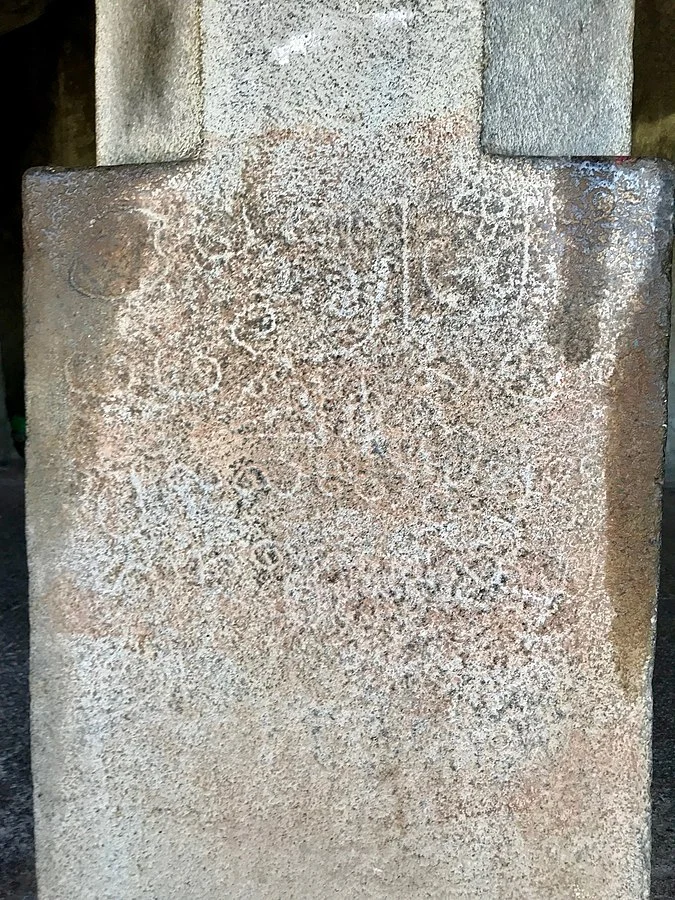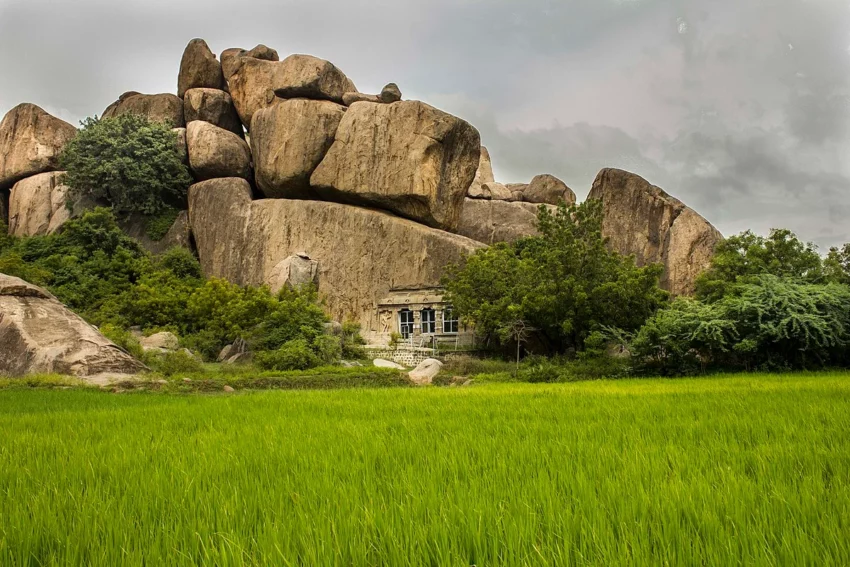The Rock Cut Pallava Temple at Thalavanur is an important monument from the Pallava dynasty, located in Tamil Nadu, India. The Pallava kings, known for their architectural innovations, ruled southern India from the 3rd century AD to the 9th century AD. They were among the earliest rulers in India to use rock-cut architecture for religious purposes, leading to the creation of numerous temples and monuments that still stand today.
Get your dose of History via Email
Architectural Significance
The Rock Cut Temple at Thalavanur exemplifies early Pallava rock-cut architecture. The temple is carved directly into the hillside, a technique that became prominent during the reign of Mahendravarman I (580–630 AD). This period marked a significant transition in temple construction methods, moving from simple brick structures to elaborate rock-cut temples.
The Thalavanur temple features a rectangular sanctum, which houses a Shiva Linga, the primary deity worshipped in this temple. The temple’s façade is simple, with two pillars and pilasters supporting a rock-cut portico. The inner sanctum, though small, is intricately carved, demonstrating the Pallava artisans’ skill and attention to detail.
Historical Context

The temple’s construction dates to the early 7th century AD, during the reign of Mahendravarman I. This was a time of great cultural and artistic development in the Pallava kingdom. Mahendravarman I, an avid patron of the arts, commissioned numerous temples across his kingdom, many of which were dedicated to Shiva, reflecting his personal devotion.
The Pallavas were also instrumental in the spread of Dravidian architecture, which influenced later South Indian temple styles. The Rock Cut Temple at Thalavanur serves as an early example of this architectural evolution. It showcases the shift from rock-cut caves to structural temples, a trend that continued under Mahendravarman’s successors.
Religious Importance
The Thalavanur temple is dedicated to Lord Shiva, one of the principal deities in Hinduism. The presence of the Shiva Linga in the sanctum indicates the temple’s primary function as a place of worship. Temples like this played a crucial role in the religious life of the Pallava kingdom, serving not only as religious centers but also as symbols of royal power and devotion.
The temple’s location in Thalavanur, a relatively small village, suggests that it served the local community, providing a place for religious practices and rituals. Despite its modest size, the temple’s religious significance would have been considerable, reflecting the deep spiritual connections of the local populace.
Preservation and Current Status
Today, the Rock Cut Pallava Temple at Thalavanur remains a testament to the architectural and cultural achievements of the Pallavas. The temple, though weathered by time, retains much of its original structure. It continues to attract scholars, historians, and tourists, who are drawn to its historical and architectural significance.
Preservation efforts have been made to protect this ancient monument, ensuring that future generations can study and appreciate Pallava architecture. However, like many historical sites, it faces challenges due to environmental factors and the passage of time.
Conclusion
The Rock Cut Pallava Temple at Thalavanur is a significant example of early Pallava architecture. It reflects the Pallava dynasty’s innovative spirit, religious devotion, and artistic achievements. As one of the early rock-cut temples in southern India, it provides valuable insights into the development of Dravidian temple architecture and the cultural history of the Pallava kingdom.
Source:

